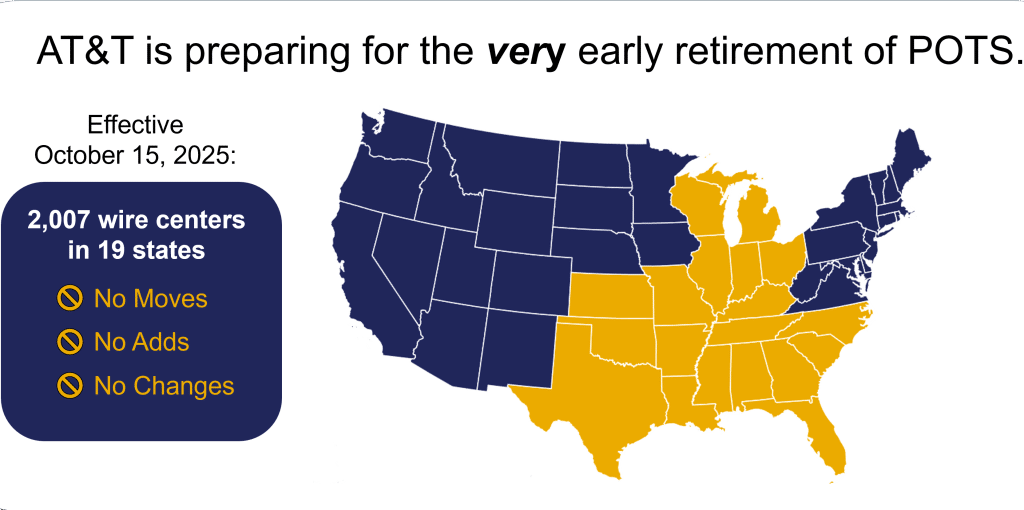Have you ever sat through a product demo where you started checking your email halfway through? If so, you’re not alone. Most prospects do the same thing during your sales presentations, and there’s a good reason why.
Sales down this year? The problem isn’t your product – it’s how you’re demonstrating it.
The Problem with Traditional Demos
Here’s what typically happens during a standard product demo: You open your laptop, share your screen, and proceed to show every single feature your product offers. Meanwhile, your prospect is thinking, “This is nice, but when are they going to show me something I actually care about?”
Unfortunately, this approach creates several issues. First, you’re overwhelming them with information they don’t need. Second, you’re giving them plenty of time to mentally check out. And third, you’re not connecting your features to their specific problems.
So what’s the solution? Enter the 90-second demo technique.
The 90-Second Demo: A Better Way Forward
Instead of showing prospects everything your product does, focus on the 3-5 things they actually care about. Then show them one feature at a time, spending just 90 seconds on each.
Here’s how it works:
Step 1: Start with Discovery Spend 80-90% of your time understanding their pain points before you show them anything. This isn’t just small talk – it’s the foundation of everything that follows.
Step 2: Identify Their Key Challenges Based on your conversation, pinpoint 3-4 specific problems they’ve mentioned. Write these down if you need to.
Step 3: Preview Your Approach Tell them exactly what you’re going to show: “Based on what you’ve shared, there are three specific features that would help you. Let me show each one briefly.”
Step 4: Demo Each Feature Strategically For each feature:
- Share your screen for just 90 seconds
- Show ONLY how it solves their specific problem
- End the screen share
- Ask for their thoughts: “What did you think about that? Would that solve your problem?”
- Get permission before moving to the next feature
Why This Approach Actually Works
This method creates a completely different dynamic during your sales calls. Instead of your prospect passively watching a presentation, they’re actively engaged in a conversation.
Here’s what makes it so effective:
It builds curiosity. When you only show snippets, prospects want to see more rather than less.
It forces real-time engagement. Your prospect has to process what they’ve seen immediately and give you feedback.
It shows respect for their time. You’re only showing them what’s relevant to their specific situation.
It demonstrates that you listened. By connecting each feature to something they told you, you’re proving you understand their needs.
It creates a dialogue. Instead of delivering a monologue, you’re using your screen share to advance an actual conversation.
Think about it this way: You probably could talk about your product for hours without stopping. That’s your “product ramble playlist.” But prospects don’t want to hear your entire playlist – they want to hear the 3 or 4 hits they really care about.
The Selling V: Building Context Before Features
Now you might be wondering, “If I’m not going to screen share for 20 minutes straight, what will I do on my demo calls?”
This is where the Selling V comes in. It’s a framework that helps you learn first and share second:
Left side of the V (Understanding their situation):
- Learn about the context around their problem
- Help them define what progress looks like
- Understand the impact this progress would have on their business
Bottom of the V (Confirming your understanding):
- Summarize what you’ve learned
- Make sure you’ve got it right
Right side of the V (Showing how you can help):
- Provide context about your solution
- Demonstrate how it helps them make progress
- Discuss what implementing your solution would mean for them
This approach helps you determine whether someone is actually a good fit before you invest more time together. As counterintuitive as it sounds, good salespeople want to lose deals as early as possible – it helps them focus on prospects who are genuinely trying to solve a problem.
The “Diagnose and Confirm” Technique
Here’s another technique that pairs perfectly with 90-second demos: instead of asking, “Does that make sense?” (which always gets a “yes”), try repeating back what you’ve heard and confirming if you got it right.
For example: “So what I’m hearing is that your engineering team spends about 3 hours per week generating these reports manually, and it’s pulling them away from core development work. Is that accurate?”
This approach works because it gets a real response whether you’re right or wrong. If you misunderstood something, they’ll correct you. Often, it prompts them to share even more information. And it ensures everyone is on the same page before moving forward.
What to Expect When You Make the Switch
When I work with companies to implement this approach, they typically see some immediate changes:
Higher engagement during demos. Prospects stay focused and ask more questions.
More revealing conversations. When people are engaged, they share more about their real challenges.
Shorter sales cycles. Engaged prospects make decisions faster than bored ones.
Interestingly, prospects often ask to see MORE after you’ve shown them less. By creating curiosity and demonstrating value in small chunks, you get prospects leaning forward asking for additional features instead of leaning back and tuning out.
Getting Started with 90-Second Demos
The goal isn’t to rigidly stick to exactly 90 seconds – some things take a bit longer to explain. Instead, focus on these two objectives:
First, think through your demos ahead of time. Force yourself to be concise and focused.
Second, avoid falling back into autopilot. Knowing you can only screen share for short bursts helps you stay intentional about what you show.
Remember, your demo isn’t about proving how much your product can do. It’s about showing how your product can solve their specific problems.
Making It Work for Your Business
The beauty of this approach is that it works across industries and product types. Whether you’re selling software, services, or solutions, the principle remains the same: understand first, then demonstrate relevance.
The key is preparation. Before your next demo, think about the most common pain points your prospects face. Then practice explaining how each relevant feature addresses those specific problems – in 90 seconds or less.
Your prospects will thank you for respecting their time and attention. More importantly, you’ll close more deals by keeping them engaged throughout the entire conversation.
So the next time you’re preparing for a product demo, remember: less showing, more understanding. Your prospects (and your sales numbers) will reflect the difference. It’s what has worked successfully for us for years at Phonewire: More listening, less pitching.




